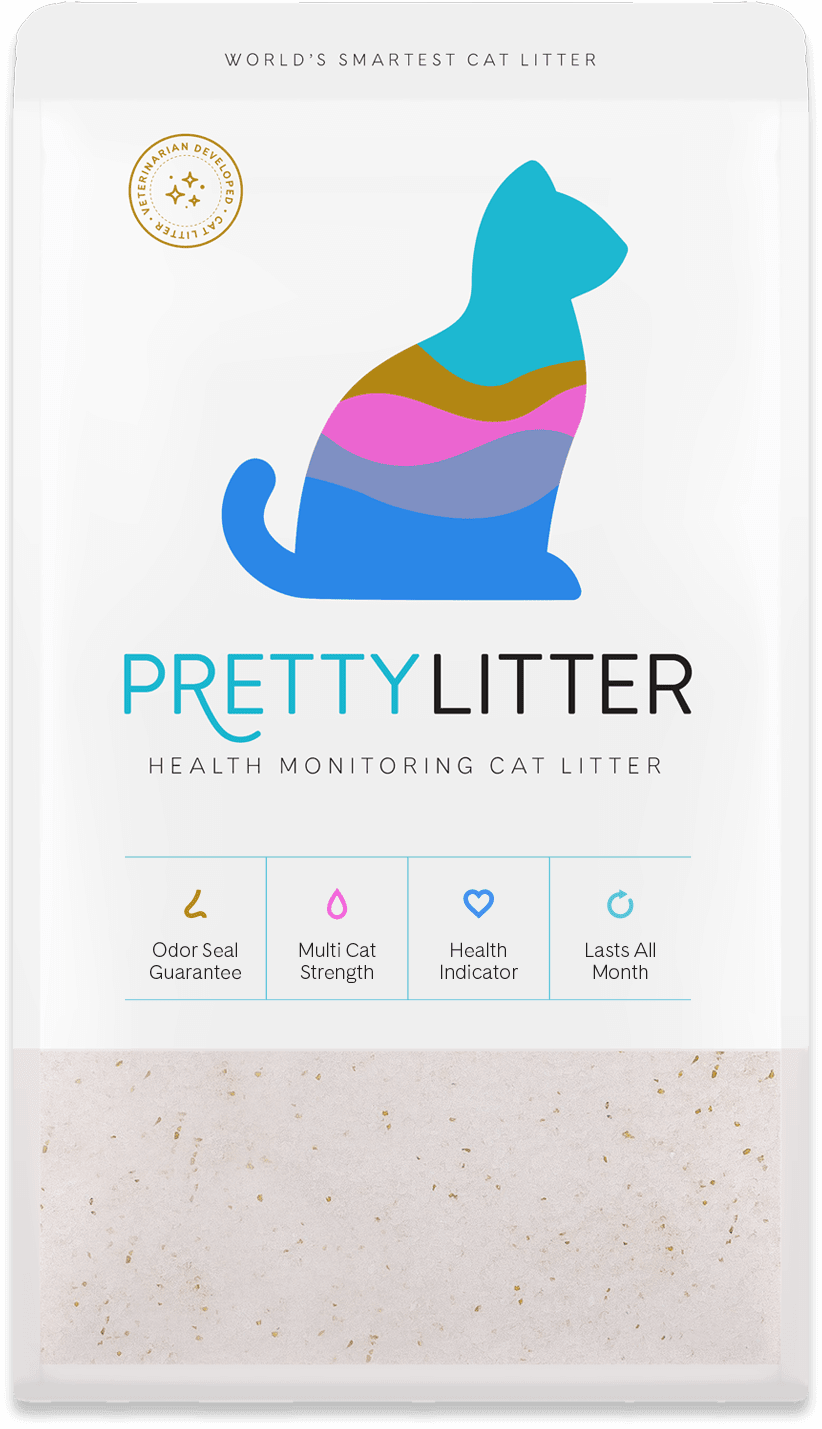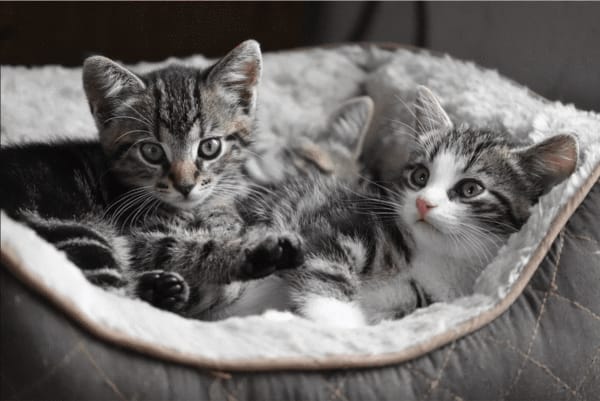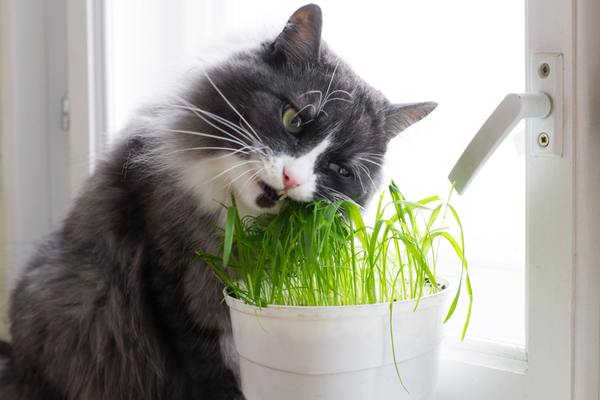June 28, 2025 |6 min read
Cat Winter Coat vs Summer Coat: How Fur Changes

Written by

If you’ve ever found yourself brushing fur off your sweater or watching tufts drift like snow across the floor, you’ve witnessed seasonal cat magic in action. Cats may not wear scarves or swap wardrobes, but their coats change dramatically with the seasons—and those changes serve a bigger purpose than you might expect. Let’s unravel the mystery behind your cat’s winter coat vs. summer coat, and how you can help keep their fur (and your furniture) in great shape all year long.
Differences Between a Cat’s Winter Coat and Summer Coat
Cats have built-in climate control. Their coats transform between seasons, adjusting in thickness and texture to suit changes in daylight and temperature. In the winter, your cat’s fur becomes denser and fluffier. That thicker undercoat helps insulate against chilly drafts, especially for outdoor or window-perched kitties who love soaking up the sun, even when it’s snowing outside.
As spring rolls around, it’s out with the old. Enter the great shed. The summer coat vs. winter coat transition happens because your cat no longer needs all that insulation. Their summer coat is lighter, sleeker, and designed to help them stay comfy in warmer weather.
It’s primarily daylight that cues this seasonal shift. As days grow shorter in the fall, a cat’s body prepares for winter. As daylight increases in spring, the shedding begins. So if you’re wondering, “Do cats have a winter and summer coat?” Yes, they do. Even indoor cats follow this natural rhythm, though sometimes on a milder scale.
Cat Litter That Prioritizes Their
Health & Your Happiness.
to get your first bag for only $14.99
Why Do Cats Shed More During Seasonal Transitions?
If your lint roller’s working overtime in the spring and fall, there’s a scientific reason. Shedding is your cat’s way of letting go of one coat and making room for the next. This cycle is triggered by photoperiod, or the amount of light your cat is exposed to each day. It’s a subtle but powerful environmental signal.
Breeds with longer or denser fur, like Maine Coons, Norwegian Forest Cats, or Ragdolls, often have more dramatic seasonal shedding. You may even notice “blowout” phases, where fur practically floats off in handfuls. Short-haired cats shed, too, just less noticeably.
And yes, even those cozy house cats who’ve never felt a snowflake on their whiskers still react to the shifting light through your windows. Their internal clock is deeply tuned to the rhythms of the natural world, even if their favorite spot is just a sunbeam on the sofa.
How to Support Your Cat’s Coat Year-Round
While your cat’s built-in thermostat does most of the work, they could still use a little help navigating the fur-filled ups and downs of seasonal shifts.
Regular Grooming
Grooming is your first line of defense. During peak shedding seasons—spring and fall—try brushing your pet daily. Not only does it help remove loose fur (and spare your furniture), but it also spreads natural oils across their coat, keeping it glossy and healthy. Use a de-shedding tool or slicker brush for long-haired breeds, and a soft-bristle brush for short-haired kitties.
Thoughtful Nutrition
Beyond brushing, nutrition plays a big role in how cats' coats look and feel. Cats need high-quality protein and essential fatty acids like omega-3s to support strong hair follicles and reduce excessive shedding. Hydration matters, too, especially since cats are notorious for not drinking enough water. Consider wet food, water fountains, or adding broth to meals to sneak in a little more moisture.

Keeping Tabs on Seasonal Changes
Cats are creatures of habit, but that doesn’t mean they don’t change. From their fur to their bathroom habits to their sleep routines, seasonal transitions can affect them in subtle ways. That’s why staying tuned in matters.
At PrettyLitter, we’re a partner in cat wellness, year-round. Our blog is full of practical tips to help you understand your cat’s behaviors, body language, and needs. Whether you’re learning how to manage fur tumbleweeds or spotting signs that your cat’s not feeling their best, we’re here to guide you through every change.
Our health-monitoring litter is just another way we help you stay one step ahead. PrettyLitter’s color-changing crystals give you insight into your cat’s health, flagging early signs of potential urinary issues that might not be obvious during seasonal shifts.
Through dealing with tumbleweeds of fur or your cat's sleek summer strut, knowing how to care for their coat and their overall wellness is part of being an attentive cat parent. So embrace the fluff, stay ahead of the shed, and let PrettyLitter help you keep tabs on the things your cat can’t tell you.
Sources:
- NIH. Seasonal changes in the coat of a cat. https://pubmed.ncbi.nlm.nih.gov/1025634/
- Everhart Veterinary Medicine. Do Cats Have Winter Coats? https://www.everhartvet.com/do-cats-have-winter-coats/
- Vetster. Is your cat’s seasonal shedding normal? https://vetster.com/en/wellness/is-your-cat-s-seasonal-shedding-normal







